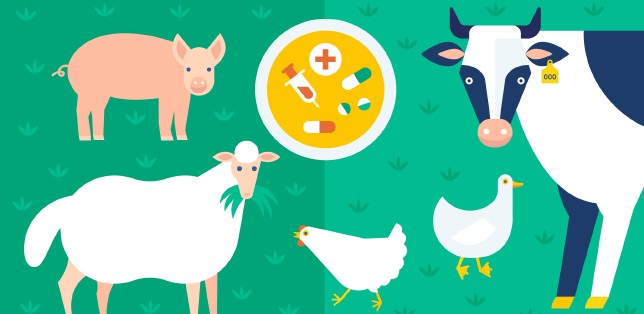Animal diseases

Zoonoses are infectious diseases which can be transmitted from animals to humans directly (for example by contact with infected animals or animal waste) or indirectly (by consuming contaminated food or water). Zoonotic diseases affect the efficient production of food of animal origin and create obstacles to international trade in animal products. Countries within the EU, are required to have robust systems for testing and control of certain diseases in animals in place.
Ensuring the safety of meat from vaccinated animals in Europe
02 January 2013Vaccination of animals used for food has been performed for centuries. Today it may be carried out for several different reasons, not just to prevent disease...
The potential impact of animal diseases on food safety
01 January 2006Public concerns over food safety are heightened during outbreaks of any disease in food-producing animals. Some of these diseases, however, have few or no implications...

